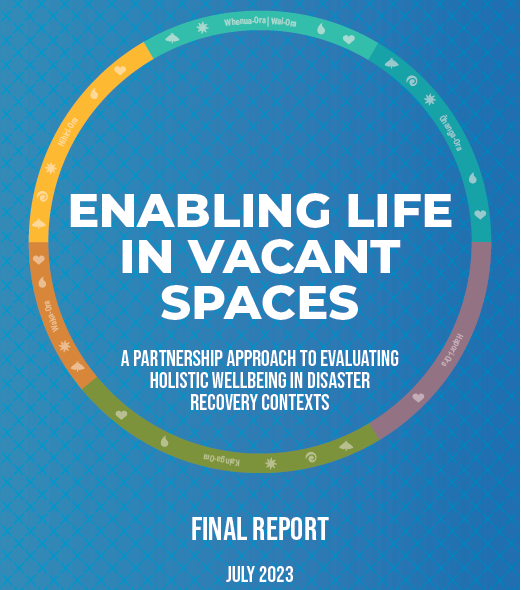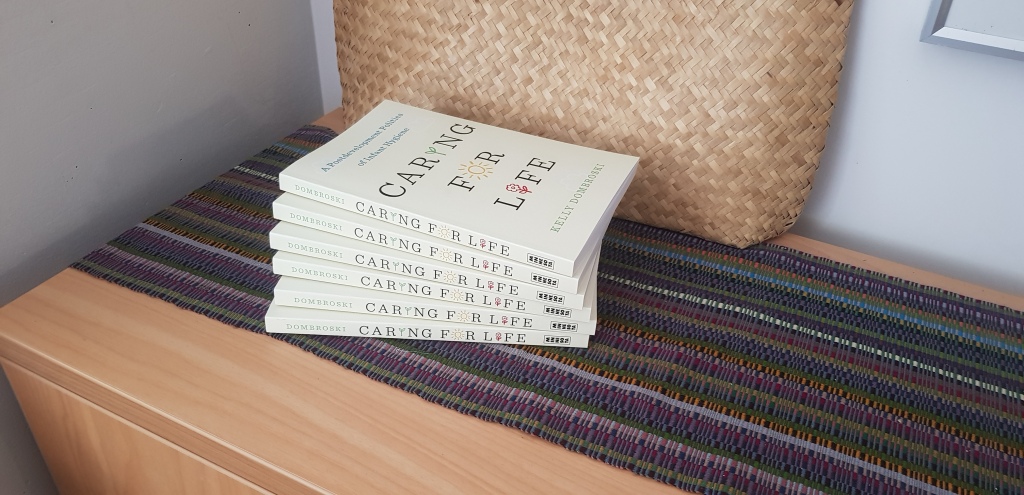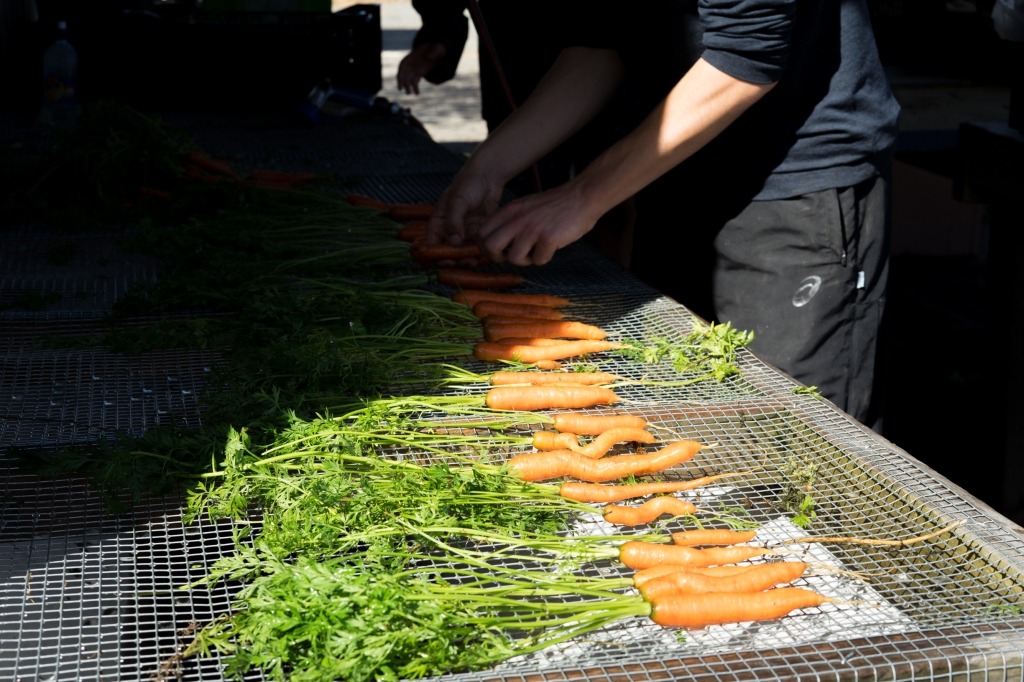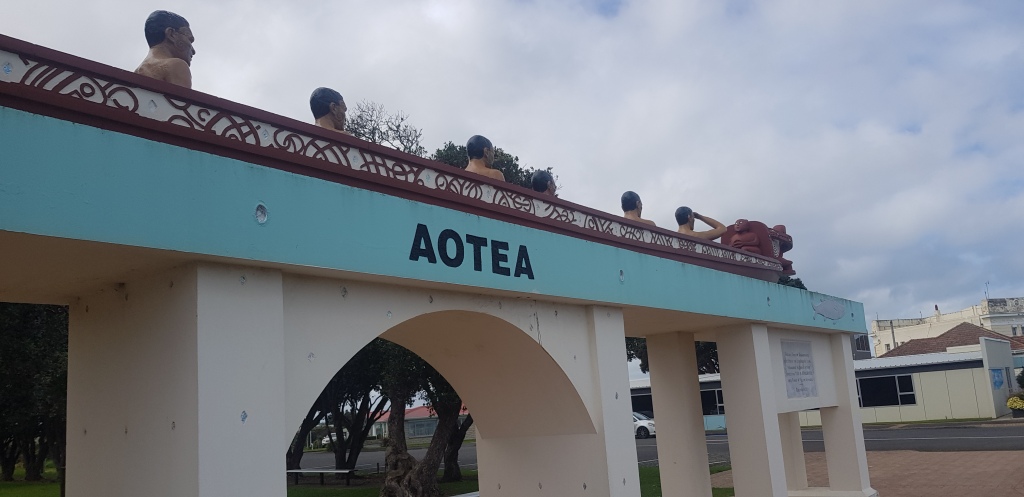Measuring and communicating the holistic wellbeing outcomes of community intiatives is often difficult, time-consuming and can miss important intentions and outcomes. Our recent report documents our 3 year project with Christchurch organisation Life in Vacant Spaces (LiVS), trialling a method of evaluating wellbeing outcomes of 27 of the more than 700 projects supported by LiVS over ten years.
Enabling Life in Vacant Spaces: A partnership approach to evaluating holistic wellbeing in disaster recovery projects reports on our experiment with a “Community Economy Return on Investment Approach” combined with a holistic urban wellbeing tool based on evidence-based urban wellbeing actions for change. We found that this way of assessing holistic wellbeing ‘returns’ on investment could help communicate outcomes in a more holistic way.
However, we found that the method still relies on some expert input and some more time-consuming qualitative and relational methods.
Next steps are to develop then test a community-based ‘how to’ guide that helps community groups develop their own methods for assessing their holistic wellbeing returns. The report will be a useful start point for community groups, local government and funding agencies to think about how they approach evaluation for both human and environmental outcomes with reference to the ‘inputs’ of investment — both financial investment and investments of time and energy!

This report was part of a the Building Better Homes, Towns and Cities Urban Wellbeing National Science Challenge. The first two years of my Transitioning to Caring Economies through Transformative Community Investment research programme specifies collaboration with the Urban Wellbeing stream. The report was authored by Kelly Dombroski, Gradon Diprose, Matt Scobie and Amanda Yates.





Leave a comment